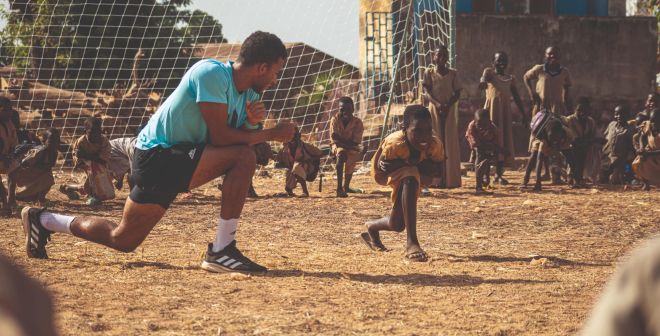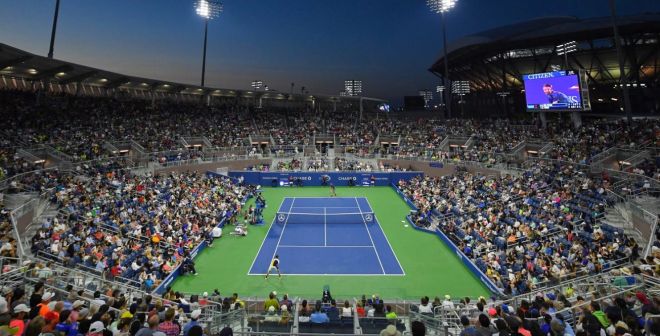How Renée Richards became the first unisex tennis star
Renée Richards did not enter the 1977 US Open to win it, but to deliver a message. She wanted the world to accept her “right to be a woman.” She was born a man under the name of Richard Raskind; she had changed sex a year before. “I chose Renée because it means ‘reborn’ in French,” she said in the documentary Renée in 2011. The US tennis governing bodies denied her the right to compete in the women’s circuit in the first place, but civil justice ruled in her favour by confirming her transition. So, she could feature in the US Open’s women’s event. “I want to show that someone who has a different lifestyle or medical condition has a right to stand up for what they are,” she said in The New York Times in 1976. “They don’t have to hide from the press, their family, and friends. I’m not making the issue for transsexuals in tennis. It’s just that tennis is my vehicle.”
But Richards was not new to tennis either. During her military service in the US Navy, she won the singles and doubles events of the All-Navy Championship. She lost in the 1977 US Open first round but reached the doubles final which she lost to Dutch player Betty Stöve and Czechoslovakian player Martina Navratilova. Years later, Richards vividly criticised the over-opening of tennis to transgender players in official competitions. “I was over 40 years old when I became a professional player. I couldn’t beat players like Chris Evert or Tracy Austin, who were just 20,” she said in Slate in 2012. “Having lived for the past 30 years, I know if I’d had surgery at the age of 22, and then at 24 went on the tour, no genetic woman in the world would have been able to come close to me. So, I’ve reconsidered my opinion.” Still, she thinks her then impressive breakthrough on the women’s circuit remains a key moment in the history of the recognition of transgender people. “I do think I was a pioneer. I was one of the only people who talked about it back then. But things have improved a lot since then, thanks to many other brave people.”






